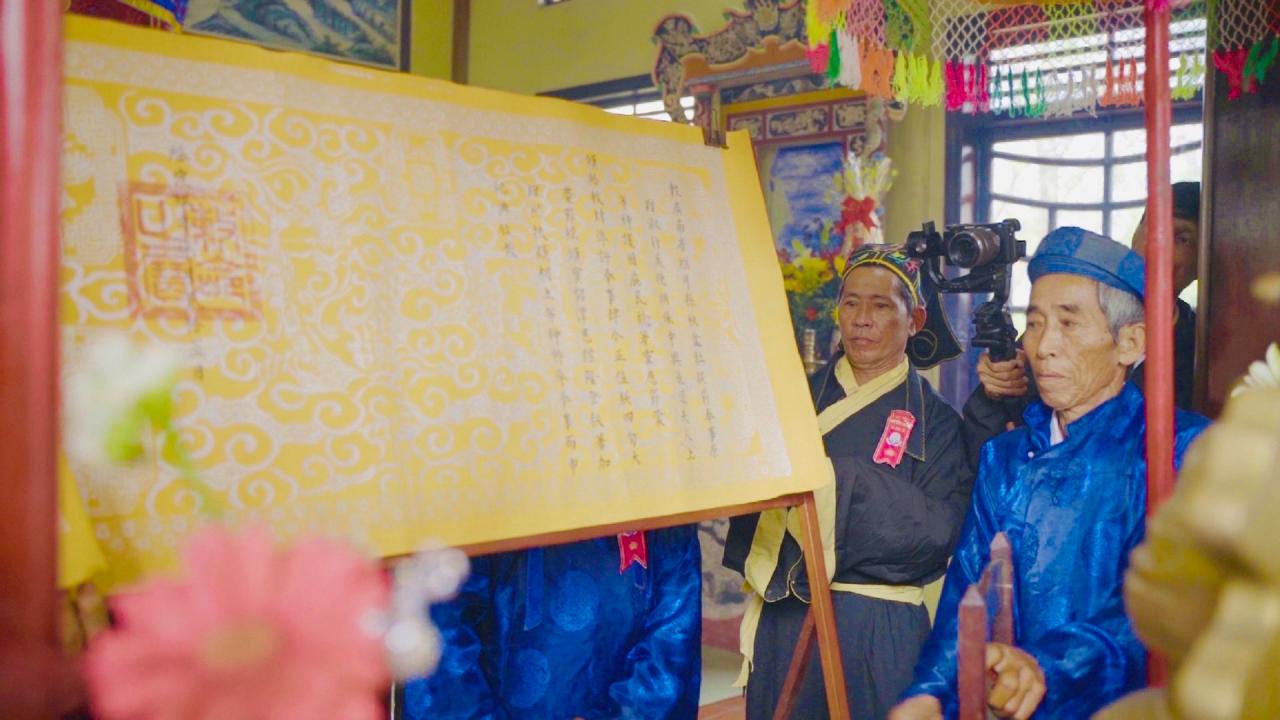
Special documentary heritage
The royal decree is a special part of documentary heritage, conferred/bestowed by the Emperor - the head of the feudal court - on gods and meritorious people...
In Duy Xuyen, most of the royal decrees are worshiped and preserved in communal houses, mausoleums, and temples; royal decrees for meritorious people are preserved and kept in clan temples or in families.
“Quang Nam commune history” and “Quang Nam province miscellaneous books” are considered valuable reference sources to learn about the land and people of Quang Nam, especially records of royal decrees in villages in Duy Xuyen.
These are two sets of documents made by the French Institute of the Far East and the Indochina Folklore Association in the first half of the 20th century, recording villages in Duy Xuyen in particular and Quang Nam in general. Currently, copies of these two sets are kept at the Hoi An Cultural Heritage Management and Preservation Center.
Of the total 700 royal decrees of Duy Xuyen district, there are 660 miraculous royal decrees and 40 personal royal decrees. Among them, the village with the most royal decrees is My Xuyen Dong village, the village with the least royal decrees is Quang Dai, and Tra Nhieu Dong village, according to documents, because it was just established in the 3rd year of Dong Khanh (1888), there has not been any declaration of the number of royal decrees of the village.
It is noteworthy that villages, clans, and families in Duy Xuyen currently preserve and maintain well the source of royal decree documents. Typically, My Xuyen Dong village preserves 32 royal decrees (including 26 royal decrees with clear content, 6 royal decrees that are damaged and no longer intact). This shows that the issue of preserving and maintaining this documentary heritage of previous generations is very valuable.
Reconstructing the land journey
In terms of age, the royal decrees in Duy Xuyen villages all date back to the Nguyen Dynasty - the last monarchy of Vietnam. The earliest royal decree was dated to the 5th year of Minh Mang (1824) and the latest to the 9th year of Khai Dinh (1924).
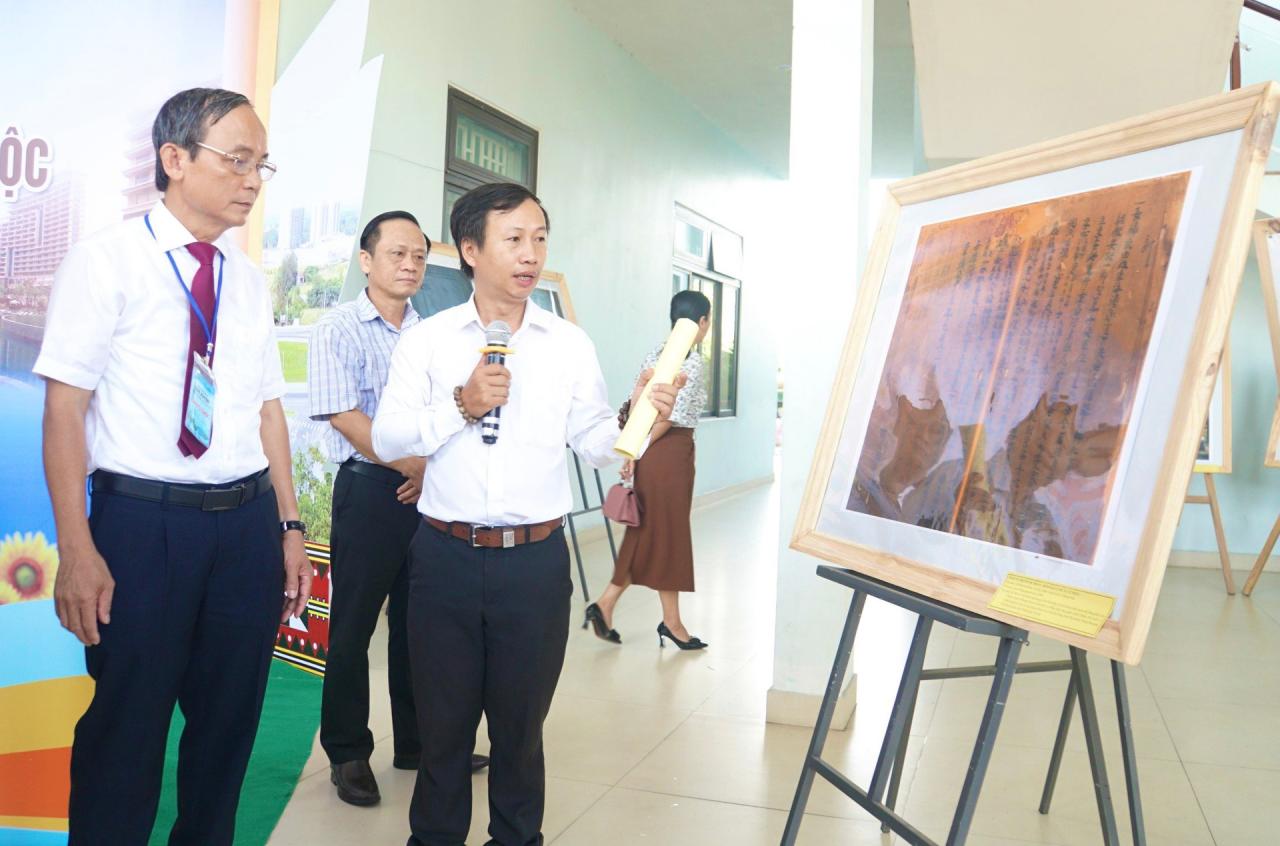
Regarding the title of the person, the earliest title is from the 3rd year of Gia Long (1802) and the latest title is from the 7th year of Bao Dai (1932).
Regarding the subjects, if the decrees of the gods worshiped in the villages include Bach Ma Eunuch, Thanh Hoang, Dai Can Quoc Giam Nam Hai Tu Vi Thanh Nuong, Nam Hai Cu Toc Ngoc Lan, Thien YA Na... then with the decrees of the characters, most of them are mandarins of the two civil and military branches of the Nguyen Dynasty.
The royal decrees in Duy Xuyen are a special type of document that is valuable in many aspects. They are original, valuable documents, containing a lot of accurate and authentic information about the organization of the Nguyen Dynasty's government apparatus.
The decrees are valuable in determining the practice of beliefs in village communities, the deeds of people who have contributed to the locality and country, the traditions of education, mandarin exams, and occupations of villages and clans, etc.
In addition, these royal decrees are also valuable sources for research on traditional paper making techniques and decorative arts, writing styles, calligraphy, etc. under the Nguyen Dynasty kings.
The royal decrees kept in My Xuyen Dong village will help Duy Xuyen district plan to build a scientific database from this source of documents, contributing to reconstructing the journey of the land starting from the story of the royal decrees.
Duy Xuyen is a land containing a treasure trove of Han-Nom heritage about clans and villages.
In Duy Xuyen, we visited 19 locations that still preserve Han-Nom documents in Duy Vinh, Duy Trung, Duy Son, Duy Trinh communes, and Nam Phuoc town with 410 items of various types of documents, of which the Doan clan (Duy Trinh) has the most items, 91 items. These 410 items are classified into 15 types of documents, of which nearly half of the documents are royal decrees, royal decrees, royal orders, certificates, family records, and royal decrees. These documents are important for determining sovereignty, marking the stages of development, and the glory of the clans.
The value of Han-Nom heritage gives us a fairly comprehensive view of the development of Duy Xuyen land since the Vietnamese people migrated there at the end of the 15th century until now. Currently, these documents are scattered and increasingly degraded, so it is necessary to have appropriate measures to restore and preserve this valuable source of documents; local authorities need to support a legal corridor and a longer strategy to document Han-Nom heritage in villages and communes in order to preserve and exploit this heritage sustainably in the future.
(PhD student Le Tho Quoc - Vietnam National Institute of Culture and Arts in Hue)
Source: https://baoquangnam.vn/sac-phong-o-duy-xuyen-3139387.html


![[Photo] Prime Minister Pham Minh Chinh speaks at the online Climate Summit](https://vstatic.vietnam.vn/vietnam/resource/IMAGE/2025/4/24/8e25d00641874e47ad910427c3efe772)

![[Photo] Prime Minister Pham Minh Chinh receives Chairman of Syre Group (Sweden)](https://vstatic.vietnam.vn/vietnam/resource/IMAGE/2025/4/23/1f541ee01d164844934756c413467634)
![[Photo] Many groups of students enjoyed exploring the Interactive Exhibition at Nhan Dan Newspaper](https://vstatic.vietnam.vn/vietnam/resource/IMAGE/2025/4/23/29184831b77143e0b9acdd71a05a40c2)
![[Photo] General Secretary To Lam receives CEO of Rosen Partners Group (USA)](https://vstatic.vietnam.vn/vietnam/resource/IMAGE/2025/4/23/2537171fceee43b19a8eec00d22823ff)
![[Photo] Discover Vietnam's leading aircraft maintenance workshop at Noi Bai airport](https://vstatic.vietnam.vn/vietnam/resource/IMAGE/2025/4/23/b12dde66f5374591b818f103e052cce5)



























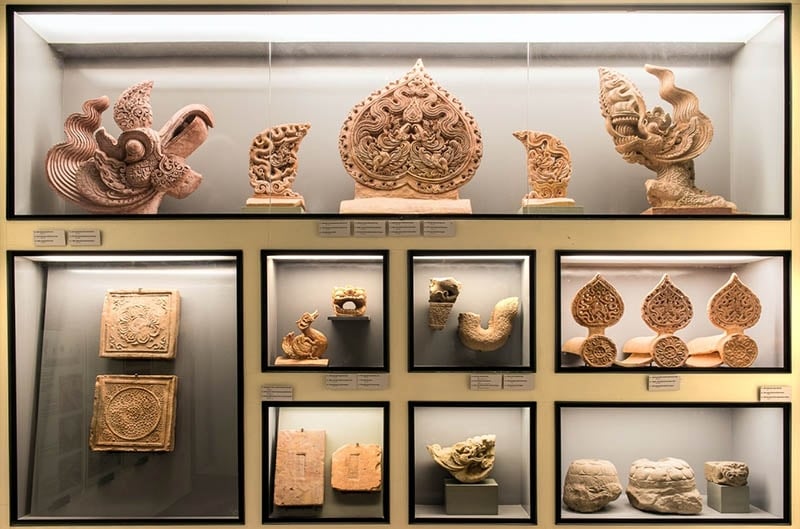

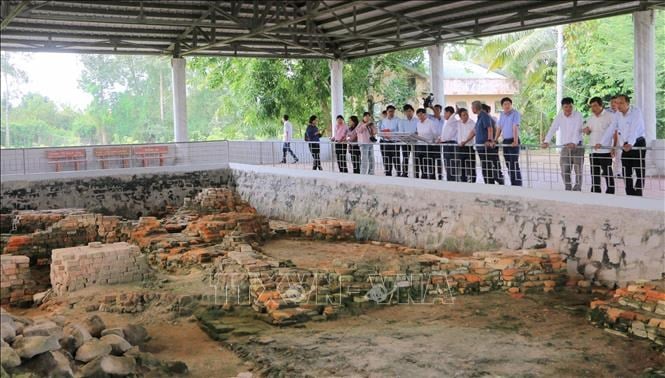
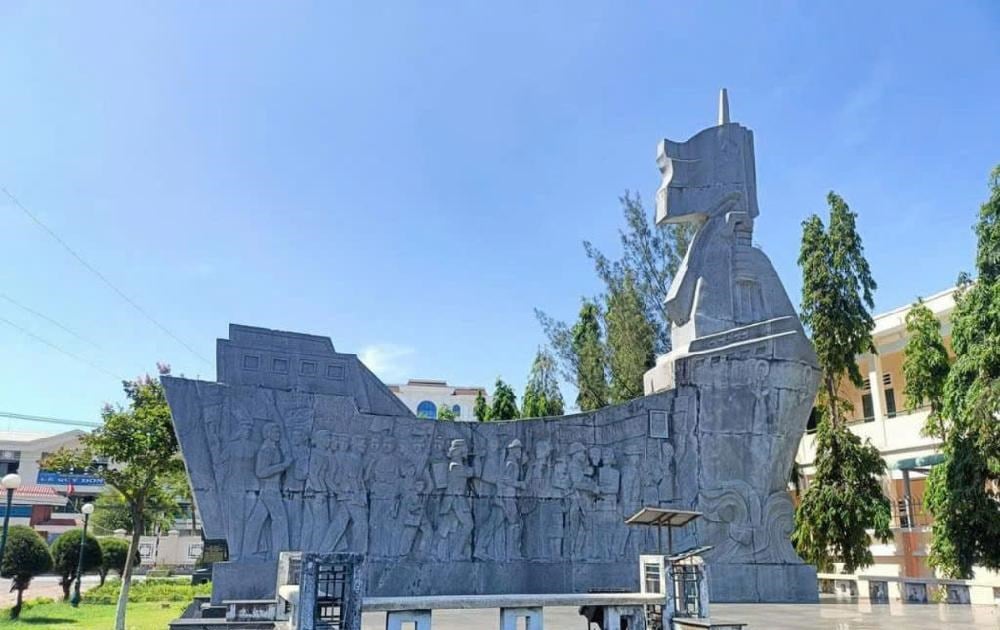























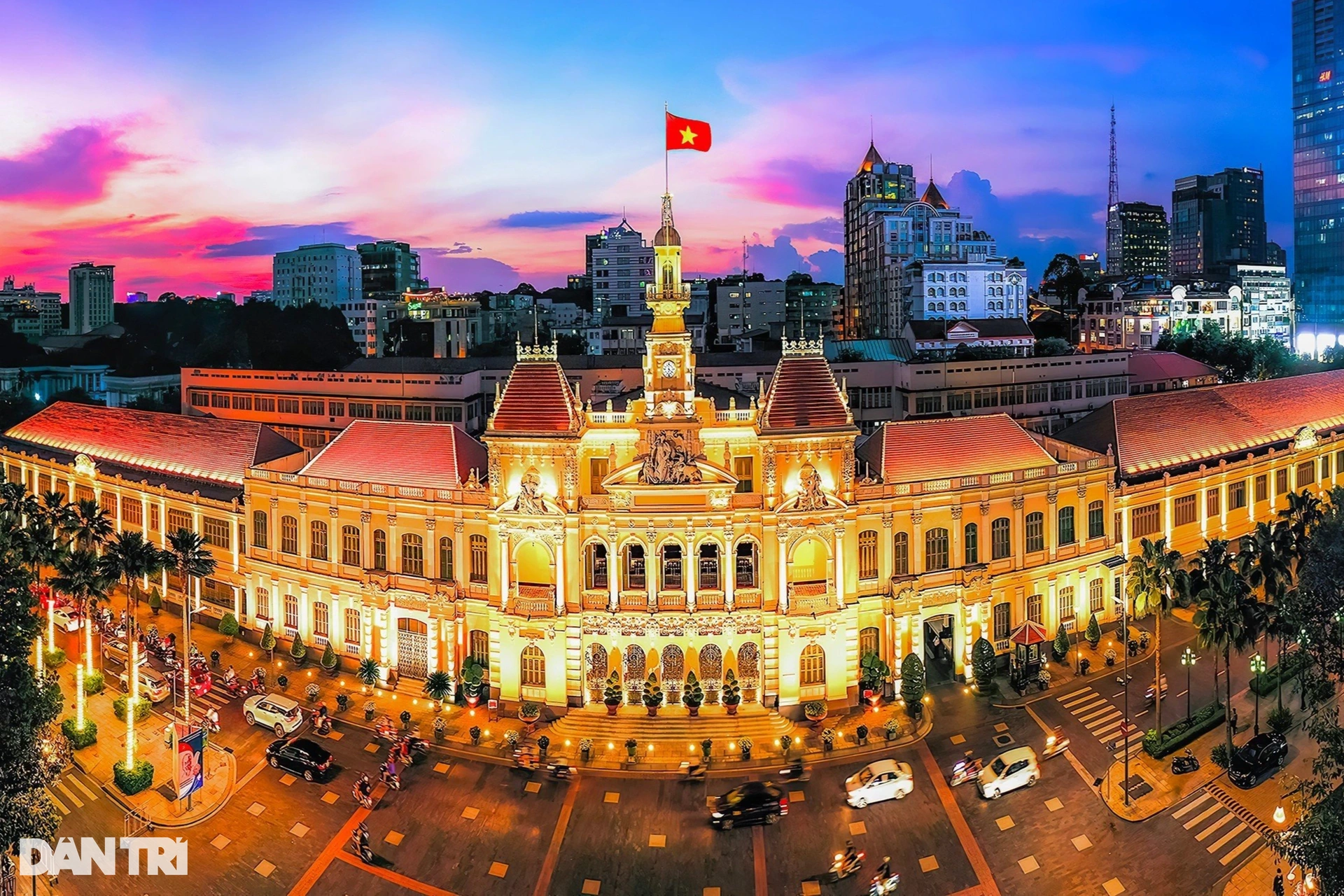


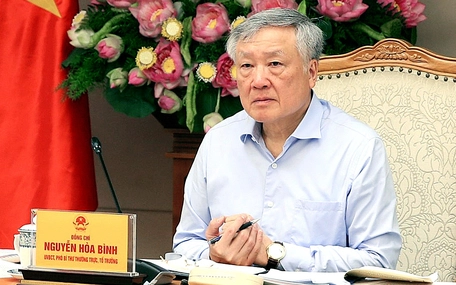




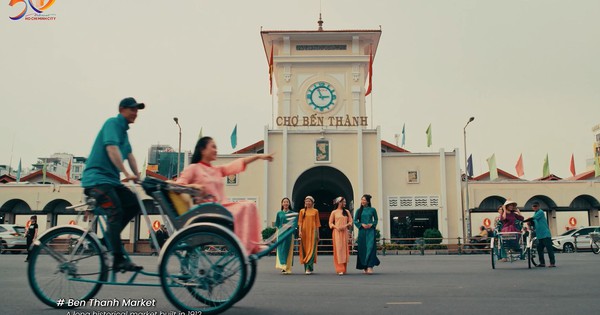



















Comment (0)